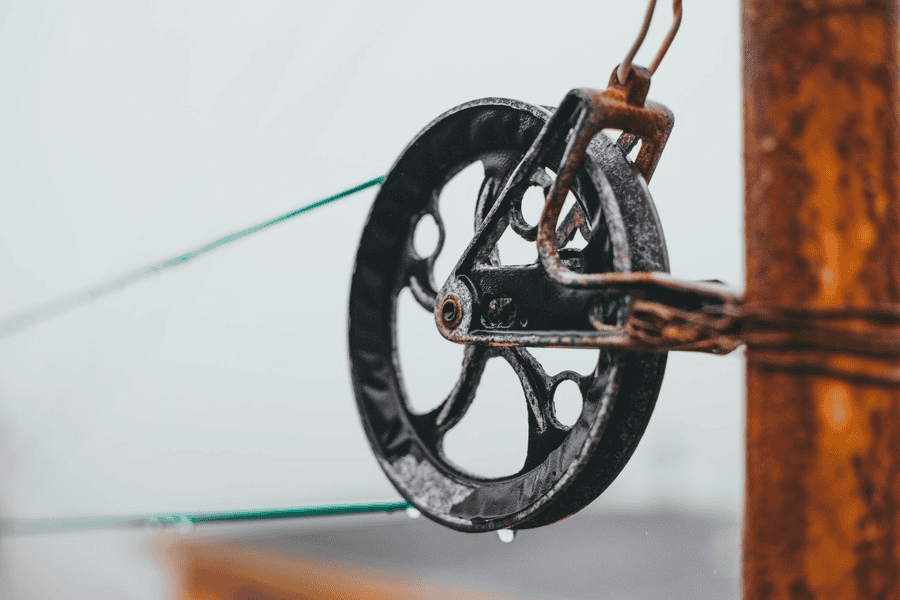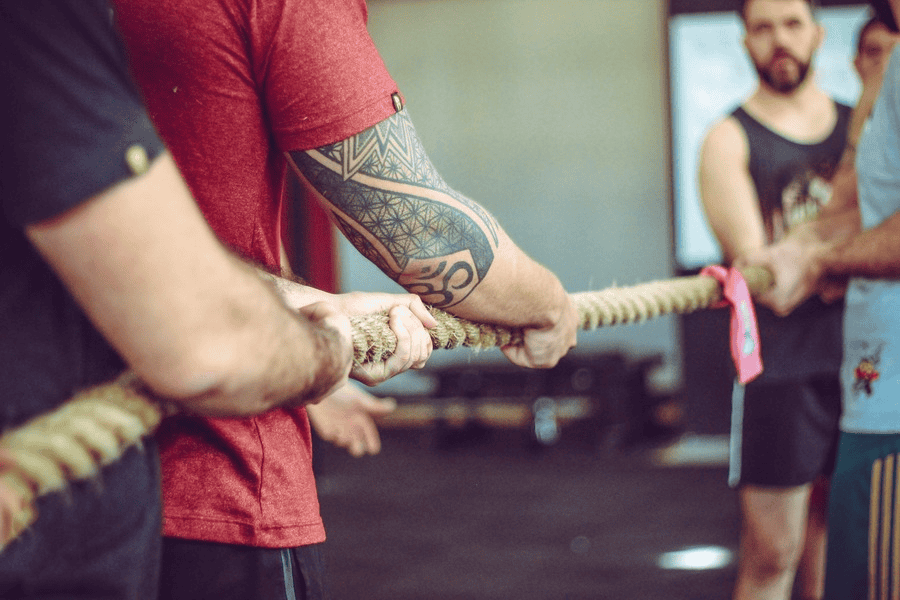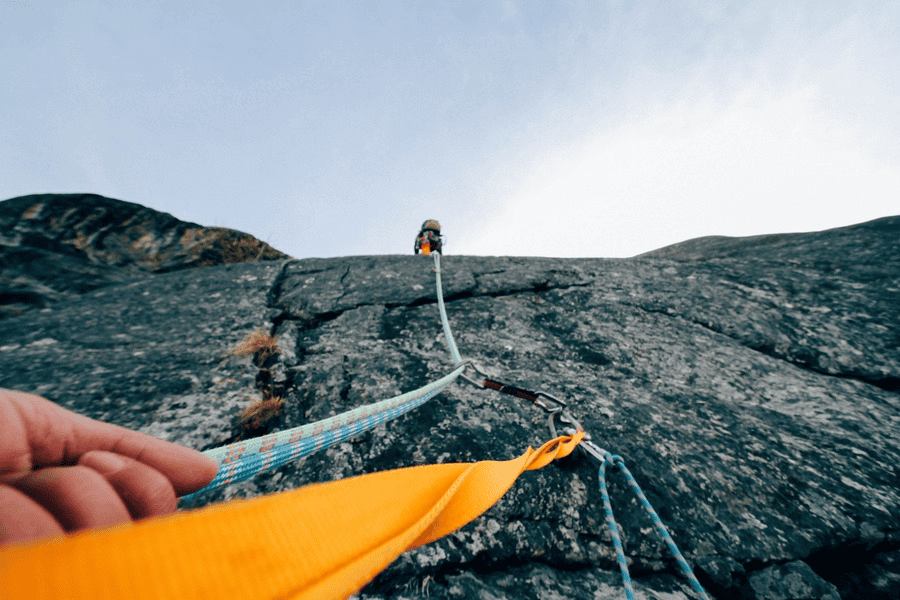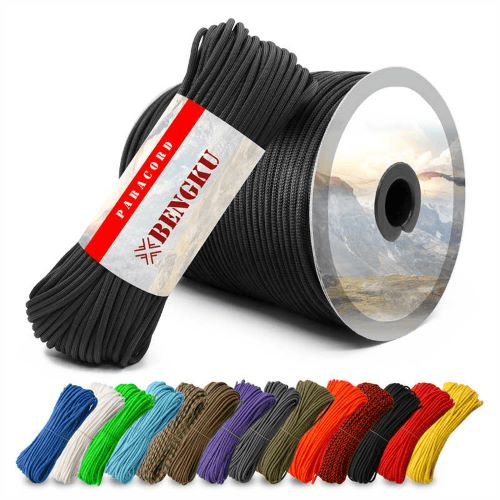
For those deeply ingrained in the world of outdoor survival, the term ‘paracord is far from alien. But understanding how to transform this survivalist staple into intricate designs and practical tools through braiding is an art form. Here, we delve deep into the craft.
Paracord braiding involves weaving multiple strands of paracord, notably the 550 paracord, into patterns, forming durable structures suitable for various applications, from survival tools to fashion accessories.
Whether you’re a novice or an adept, every layer of the paracord braiding realm has something for you. Continue to unveil the techniques, tips, and tricks that can elevate your braiding prowess.
The Backbone – Unraveling Paracord

Origins of Paracord
The story of paracord begins amidst the tumultuous backdrop of World War II. Originally crafted for parachute suspension lines, paracord, short for “parachute cord,” quickly became an indispensable tool for paratroopers. Its lightweight, durable, and versatile nature made it a favorite among soldiers.
Structural Composition
Paracord’s unique design sets it apart from other cords. At its core, multiple inner strands provide strength and flexibility. These strands are encased in a woven outer sheath, enhancing durability and resistance to wear. This dual-layered structure allows users to utilize the entire cord for heavy-duty tasks or extract the inner strands for finer applications. This ingenious composition is a testament to paracord’s adaptability, making it a favorite for various tasks, from crafting to survival scenarios.
The Significance of 550 Paracord
The 550 paracord , named for its 550-pound tensile strength, is a testament to versatility and resilience. Originally designed for military applications, its robustness and adaptability quickly made it indispensable. Comprising an outer sheath and multiple inner strands, it offers both durability and flexibility. Resistant to rot, mildew, and UV damage, it’s a favorite among outdoor enthusiasts. Beyond its practicality, the 550 paracord has woven its way into popular culture, symbolizing preparedness and adaptability. From survival scenarios to fashion accessories, it embodies a blend of functionality and style, showcasing human ingenuity at its finest.
Safety First
Paracord’s strength is commendable, but it’s vital to recognize its limits. While versatile, it shouldn’t replace specialized equipment in critical scenarios, ensuring safety remains paramount.
Cultural Threads
Paracord, beyond its practicality, symbolizes human resilience and adaptability. Its woven structure mirrors our interconnectedness and the innovative spirit that binds cultures and generations.
Paracord Braiding Basics

Preparation
Preparing for paracord braiding involves several steps. Start by selecting a quality paracord. Measure and cut the required length accurately. It’s essential to seal the ends, usually with a lighter, to prevent fraying, ensuring a durable and neat braid for various projects.
Essential Tools
Successful paracord braiding requires more than just the cord itself. Essential tools play a pivotal role in crafting intricate designs. Paracord needles, often called “fid”, help in threading and weaving, especially for tight patterns. Buckles are crucial for bracelets, ensuring a secure fit and easy wear. Scissors provide clean cuts, while lighters are used to melt and seal the ends, preventing fraying. Together, these tools streamline the braiding process, ensuring precision and durability in every creation.
The Elementary Knots
The foundation of paracord braiding lies in mastering elementary knots. These basic knots, such as the square knot, loop knot, and cobra stitch, serve as the building blocks for more intricate designs. By understanding and perfecting these, one can create a myriad of patterns and structures, ensuring both functionality and aesthetics in their projects.
Diving into Braids
- Exploring Patterns: Braids come in various designs, from simple to intricate, each offering a unique look.
- Technique Matters: Proper hand positioning and tension ensure consistent and tight braids.
- Materials:Using quality paracord ensures durability and a polished finish.
- Practice Makes Perfect:Regularly practicing different braids enhances skill and creativity.
- Applications: Braids aren’t just decorative; they can be functional, like for handles or lanyards.
Advanced Paracord Techniques

The Art of Multi-Strand Braids
The art of multi-strand braids elevates paracord crafting. By intertwining multiple strands, one can achieve intricate patterns and enhanced strength. This technique requires precision, patience, and practice. Mastering it unlocks a realm of possibilities, from decorative pieces to robust outdoor gear.
Exploring the Trilobite and Fishtail Braids
Diving into specific braiding styles, the Trilobite and Fishtail stand out. The Trilobite, with its flat, wide appearance, offers durability, while the Fishtail’s sleek, herringbone pattern is aesthetically pleasing. Both require attention to detail and are versatile for various projects, blending function with form.
- Historical Origins: Tracing the roots and evolution of the trilobite and fishtail braiding techniques.
- Structural Differences: Highlighting the distinct weaving patterns of trilobite versus fishtail braids.
- Materials and Tools: Identifying the best types of paracord and essential tools for crafting each braid.
- Step-by-Step Guide: Detailed walkthroughs for creating both the trilobite and fishtail braids.
- Practical Applications: Exploring the functional uses of each braid, from bracelets to belts and lanyards.
- Aesthetic Appeal: Understanding the visual characteristics that make each braid unique and appealing.
- Care and Maintenance: Tips to ensure the longevity and durability of creations made using these braiding techniques.
Braiding for Survival Gear
Braiding for survival gear transforms simple paracord into life-saving tools. Through specific techniques, one can craft items like snares, fishing lines, or shelter ties. These braided tools are compact, lightweight, and durable, making them essential for outdoor enthusiasts and survival situations.
Expanding Your Horizons

Crafting with Paracord Beyond Braiding
Beyond braiding, paracord offers a realm of crafting possibilities. Its durability and flexibility allow for creations like woven mats, zipper pulls, and even hammocks. By exploring various techniques, crafters can produce both functional items and artistic masterpieces, showcasing paracord’s versatility.
- Functional Art: Creating paracord sculptures, wall hangings, and decorative pieces that merge aesthetics with utility.
- Wearable Innovations: Designing unique paracord jewelry, belts, and even clothing items.
- Home Décor: Crafting paracord curtains, rugs, and furniture accents to add a rustic touch to interiors.
- Outdoor Gear: Constructing paracord hammocks, tent guidelines, and gear holders for camping and hiking.
- Pet Accessories: Designing durable paracord leashes, collars, and toys for pets.
- Reinventing Traditional Crafts: Integrating paracord into classic crafts like macramé, knitting, or weaving.
- Upcycling and Repurposing: Giving old items a new life by incorporating paracord designs, such as revamping old bags or shoes.
Incorporating Beads and Charms
Incorporating beads and charms into paracord projects adds a touch of personalization and flair. Whether it’s for aesthetic appeal or symbolic meaning, these embellishments elevate the design. They can be threaded onto braids or woven in, offering a fusion of tradition and creativity, making each piece uniquely captivating.
Showcasing Artistry
Crafting is an expression, and every piece has a story. Share creations with the world, be it through exhibitions or digital platforms, celebrating the art and heart of paracord crafting.
Innovative Applications
Think outside the box. From chic paracord earrings to functional home décor items, explore the myriad unconventional ways paracord can weave its magic into daily life.

FAQ
Q1: What is paracord?
A: Paracord, short for “parachute cord,” is a lightweight nylon rope originally used in parachute suspension lines. It’s known for its strength, flexibility, and versatility in various applications, from survival to crafting.
Q2: How many types of paracord braids are there?
A: There are numerous paracord braiding techniques, ranging from basic ones like the cobra and fishtail to more intricate designs like the trilobite and king cobra. The possibilities are vast, depending on creativity and skill level.
Q3: What materials do I need to start braiding paracord?
A: At a minimum, you’ll need paracord (of your chosen type and color) and a buckle or clasp. Additional tools like scissors, a lighter, and a paracord needle or “fid” can be helpful for more advanced projects.
Q4: How much paracord will I need for a bracelet?
A: Typically, for a simple cobra braid bracelet, you’ll need about 8-10 feet of paracord. However, the exact amount can vary based on wrist size and the specific braiding technique.
Q5: Can I wash my paracord creations?
A: Yes, paracord is durable and can be washed. Hand washing with mild soap and water is recommended. Ensure it’s thoroughly dried to prevent mildew.
Conclusion
Diving into the world of paracord braiding feels like unlocking a treasure trove of creativity and tradition. It’s not just about weaving strands together, but about telling stories, expressing oneself, and even finding a bit of zen in the rhythmic dance of fingers and cords. So, as you twist, turn, and intertwine, remember: that every braid you craft carries a piece of your spirit and a touch of timeless tradition. Happy braiding!

